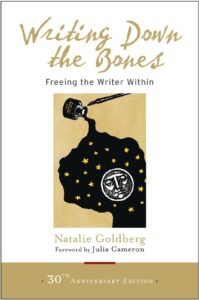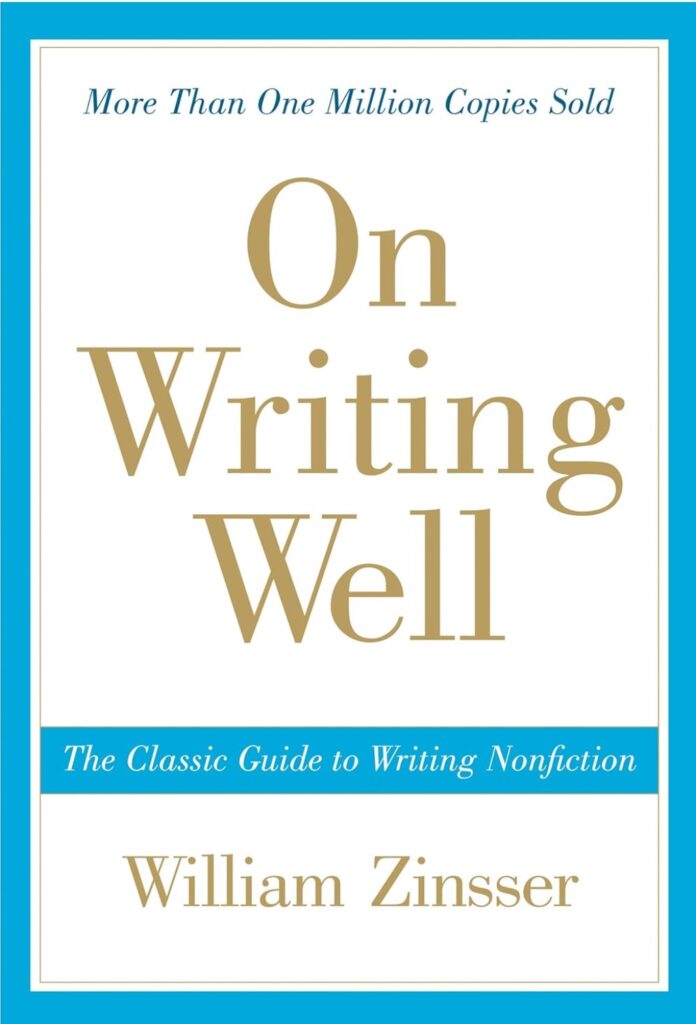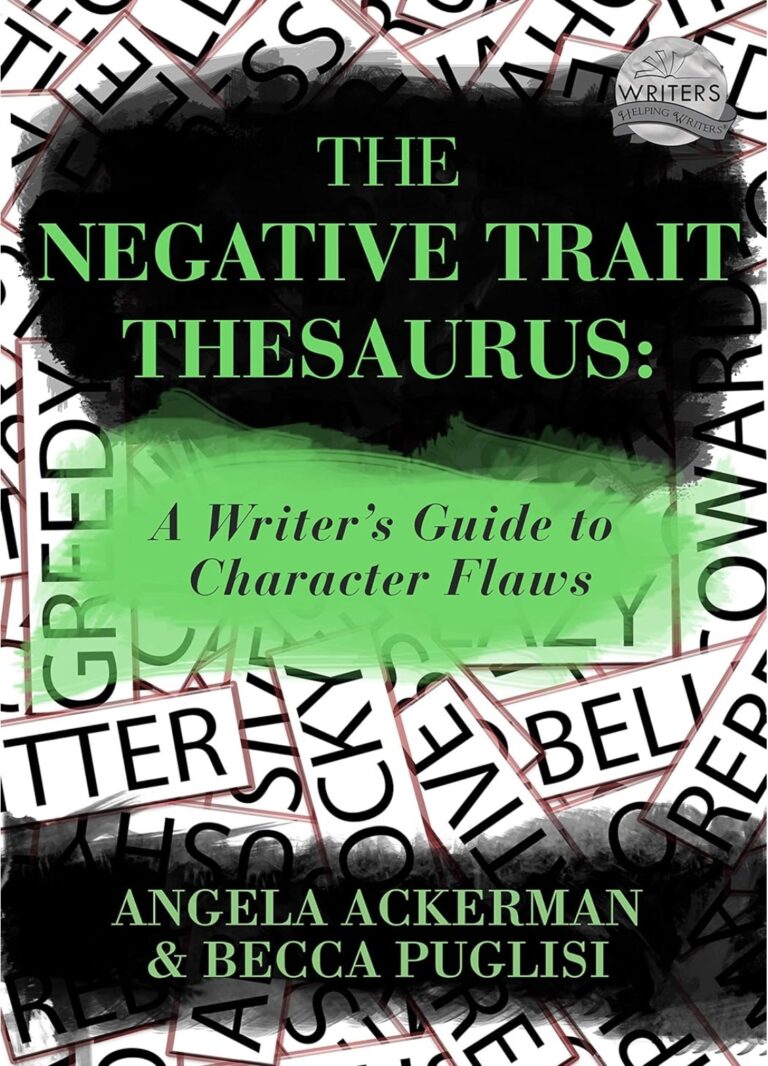Creating compelling romance scenes requires more than just describing actions and dialogue.
In my experience, adding rich sensory details can transport readers into the heart of the story, making the romantic moments more vivid and emotionally impactful.
Let’s explore how to effectively incorporate sensory details to enhance your romance scenes and keep your readers engaged.
Table of Contents
ToggleThe Power of Sensory Details
As a romance author, I’ve found that sensory details are crucial in building a believable and immersive world. By engaging all five senses—sight, sound, touch, taste, and smell—you can make your readers feel like they are part of the scene.
This technique is particularly effective in paranormal romance, where unusual settings and characters can benefit from detailed sensory descriptions.
Sight: Painting a Vivid Picture
In one of my stories, the protagonist, an alien prince, meets his human love interest in a lush, otherworldly garden.
Describing the vibrant colors of the alien flora, the soft glow of bioluminescent plants, and the shimmering water of a nearby stream helped set the scene and convey the magical atmosphere.
By focusing on visual details, you can create a vivid image that draws readers into your world.
Sound: Adding Depth to Your Scenes
Sounds can add a layer of realism to your scenes. In my experience, describing the sounds characters hear can enhance the emotional tone.
For instance, in a novella I wrote about a werewolf and his mate, the rustling of leaves, the distant howl of wolves, and the soft murmur of a nearby river helped build suspense and tension. Incorporating auditory details can make the scene feel more alive and dynamic.
Touch: Conveying Intimacy and Connection
Touch is essential in romance, as it conveys intimacy and connection between characters.
In one of my paranormal stories, the first touch between a vampire and his human lover is described in detail—the coolness of his skin, the gentle pressure of his fingers, and the electric spark of their contact.
This not only highlights the characters’ physical sensations but also their emotional responses, deepening the reader’s engagement with their relationship.
Taste: Enhancing Sensuality
Taste is often overlooked in writing but can add a unique dimension to romance scenes. In a recent story involving a minotaur and his love interest, I included a scene where they share a meal.
Describing the flavors of exotic foods and the way they savor each bite added a layer of sensuality and helped build their connection. Including taste can make scenes more immersive and intimate.
Smell: Triggering Memories and Emotions
Smells are powerful triggers for memories and emotions. In my experience, incorporating olfactory details can evoke strong reactions from readers. F
or example, in a novella about a ghostly love affair, the scent of jasmine, reminiscent of the couple’s first meeting, recurs throughout the story, symbolizing their enduring connection. Using smell can add depth and emotional resonance to your scenes.
Balancing Sensory Details
While sensory details are essential, it’s crucial to balance them to avoid overwhelming the reader. In my stories, I aim to weave sensory descriptions naturally into the narrative, focusing on the most relevant details that enhance the scene.
For instance, during a tense moment, describing the characters’ rapid breaths and the pounding of their hearts can heighten the suspense without distracting from the action.
Integrating Sensory Details into Dialogue
Incorporating sensory details into dialogue can make conversations more engaging and realistic. In my experience, having characters comment on their surroundings or sensations can add depth to their interactions.
For example, in a story about a fae and her human lover, the fae’s descriptions of the human world—its colors, sounds, and smells—during their conversations highlighted the differences between their worlds and deepened their bond.
Creating Emotional Impact
Sensory details can amplify the emotional impact of your scenes. By describing characters’ sensory experiences during pivotal moments, you can heighten their emotions and make the scene more powerful.
In a recent novella, I depicted a climactic reunion between a dragon shifter and his mate, focusing on the warmth of their embrace, the scent of the ocean, and the taste of salt on their lips, which underscored the intensity of their feelings.
Enhancing World-Building with Sensory Details
Incorporating sensory details is also an excellent way to enhance your world-building. When creating an alien or supernatural world, describing how it looks, sounds, smells, tastes, and feels can make it more believable and immersive for your readers.
Creating a Unique Atmosphere
In one of my stories set on a distant planet, I described the eerie, phosphorescent glow of the flora and the peculiar scent of the air, which had a mix of salt and metallic tang.
These sensory details helped create a unique atmosphere that distinguished the alien world from Earth, making the setting more intriguing and engaging for the readers.
Building Cultural Depth
Sensory details can also be used to build cultural depth in your paranormal or alien societies. For example, in a novella featuring a community of merfolk, I described their rituals and festivals using vivid sensory details.
This included — the sound of their melodic chants, the taste of their traditional seaweed dishes, the feel of their intricate coral jewellery, and the sight of bioluminescent sea creatures illuminating their underwater ceremonies.
These details enriched the world-building, making the merfolk culture feel authentic and immersive.
Using Sensory Details to Show Character Development
Sensory details can be a powerful tool to show character development and change over time. By highlighting how characters’ perceptions of sensory experiences evolve, you can illustrate their emotional and psychological growth.
Reflecting Emotional States
In one of my stories, a character who initially finds the alien environment harsh and unwelcoming gradually begins to notice its beauty as she falls in love with an alien prince.
The once blindingly bright skies become soft and radiant, the sharp scent of alien flowers turns sweet and inviting, and the rough textures of alien fabrics become a comforting reminder of her new home. These sensory shifts reflect her emotional journey and growing attachment to the alien world.
Highlighting Relationships
Sensory details can also highlight the dynamics of relationships. For instance, in a story about a vampire and his human lover, the vampire’s heightened senses—his acute hearing, keen sense of smell, and tactile sensitivity—are constantly at play, underscoring the intense connection between him and his partner.
Describing how he perceives her presence, her heartbeat, and the warmth of her skin helps convey the depth of their bond and his protective instincts.
Tips for Balancing Sensory Details in Your Writing
While sensory details are invaluable, they must be used judiciously to maintain a balance and avoid overwhelming the reader. Here are some tips to help you integrate sensory details effectively:
Prioritize Relevance
Focus on the sensory details that are most relevant to the scene and character experiences. For example, during a romantic moment, emphasizing the tactile and olfactory details can enhance the intimacy, while in a suspenseful scene, auditory and visual details might heighten the tension.
Use Sensory Details to Advance the Plot
In my experience, sensory details should not only embellish the narrative but also advance the plot. Descriptions of sounds, sights, or smells can foreshadow events, reveal clues, or create mood shifts that propel the story forward. For instance, the sudden scent of blood in a seemingly peaceful setting can signal danger and build suspense.
Show, Don’t Tell
Rather than simply telling readers what a character is experiencing, show it through sensory details. Instead of saying, “She felt scared,” describe her rapid breathing, the pounding of her heart, the cold sweat on her skin, and the faint metallic taste of fear in her mouth. This approach makes the experience more visceral and immediate for the reader.
Crafting Multi-Sensory Scenes
Creating multi-sensory scenes involves layering different sensory details to build a rich, immersive experience. Here’s a step-by-step approach to crafting such scenes:
Step 1: Set the Scene
Begin by establishing the primary sensory elements of the setting. For example, describe the visual layout of a mystical forest—the towering trees, the dappled sunlight, and the mist hanging in the air.
Step 2: Add Depth with Sound and Smell
Layer in auditory and olfactory details. In the forest scene, you might describe the rustling of leaves, the distant calls of wildlife, and the earthy scent of moss and damp soil.
Step 3: Incorporate Touch and Taste
Bring in tactile and taste details if relevant. If your characters are interacting with the environment, describe the rough bark of the trees, the coolness of the mist, or the sweet taste of wild berries they find.
Step 4: Reflect Character Emotions
Ensure the sensory details reflect the characters’ emotions and experiences. If they are on edge, the sounds might seem sharper and the shadows darker. If they are in awe, the colors might appear more vibrant and the scents more intoxicating.
Final Thoughts
Incorporating sensory details into your romance scenes can transform your writing, making it more immersive and emotionally resonant.
By engaging all five senses, you can create vivid, memorable scenes that captivate your readers and bring your characters’ love stories to life. In my experience, this approach not only enhances the reader’s connection to the story but also enriches the overall reading experience.
By focusing on sight, sound, touch, taste, and smell, you can add layers of depth and intimacy to your romance scenes, ensuring that your readers are fully immersed in the world you’ve created.
Whether you’re writing about werewolves, aliens, or minotaurs, sensory details can make your paranormal romance stories more engaging and unforgettable.
Integrating sensory details into your writing is not just about embellishment; it’s about creating an experience that readers can feel, hear, see, taste, and touch.
It’s about making your story come alive in the minds and hearts of your audience. As you refine your use of sensory details, you’ll find your writing becoming richer and more immersive, drawing readers deeper into the worlds and love stories you create.









































